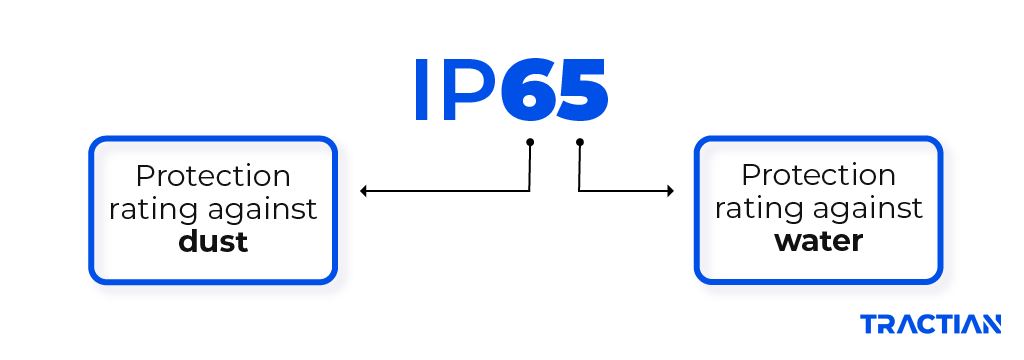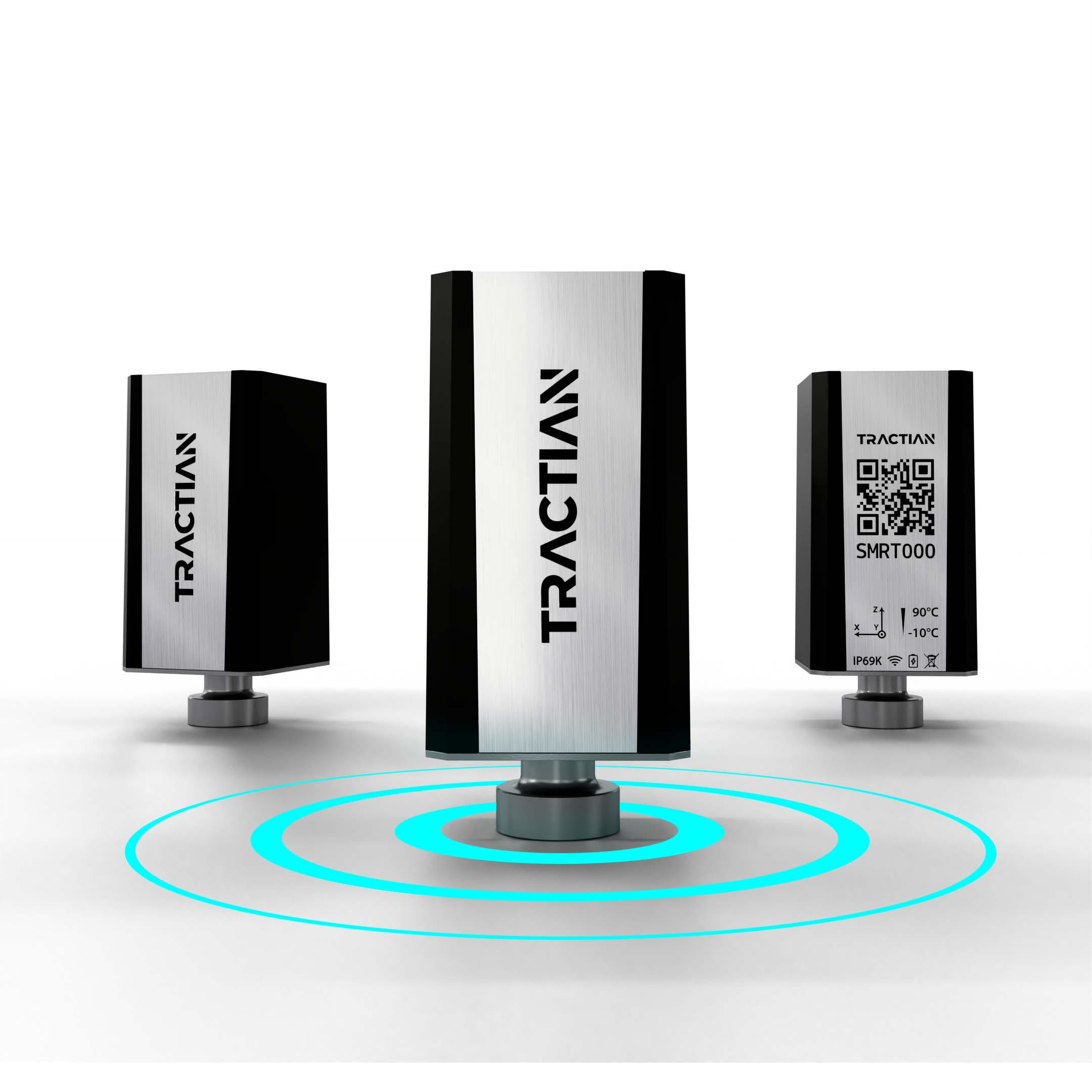In the maintenance industry, electronic equipment can break or malfunction because of water and dust interference. To monitor and standardize this, the International Electrotechnical Commission (IEC) made ingress protection ratings – most commonly known as IP ratings.
They were created to show how effective certain electrical enclosures are against foreign objects like dust, water, and condensation. But what are IP ratings, and why do we use them in the maintenance industry?
What Is an IP Rating?
IP ratings are based on an international standard that grades electrical enclosures’ resistance to external factors. To create them, the IEC measured and rated how much dust and water a piece of equipment can handle before its quality, performance, and durability is compromised.
All pieces of electronic equipment have an IP rating so that consumers know how their objects react against foreign bodies. Some examples of these electrical enclosures include smartphones, motors, surveillance cameras, lighting fixtures, and electrical cables.
IP ratings are critical to the maintenance industry, as they tell maintenance teams how much of the outside world each asset can handle. This way, they know if equipment will break down in a certain environment or area, and can plan accordingly.
Because these ratings are used in sectors across the globe, most professionals in the industrial maintenance field have seen IP codes in various categories of electronic equipment. Even so, it’s great to brush up on what each acronym means as well as details of each category.
What Are IP Codes?
IP codes were created in reference to the international standard IEC 60529. According to the IEC, this code “applies to the classification of degrees of protection provided by enclosures for electrical equipment with a rated voltage not exceeding 72,5 kV”. Essentially, IP codes indicate how well electrical enclosures resist indoor and outdoor contaminants like water and dust.
Assets are classified according to the level of protection they have against these external factors. All codes depend on numerals attached to the IP, so the numbers following will classify the object:
- The first number refers to protection against solid objects, and is rated on a scale from 0 to 6, with 0 being no protection.
- The second number refers to protections against liquids, and is rated on a scale from 0 to 9, with 0 being no protection.
- The third number or letter, if included, provides extra information.
In the IP65 rating you see below, the 6 refers to the entrance of dust while the 5 refers to the penetration of water.

It’s important to note that if the product is exposed to levels higher than the degree stipulated by the manufacturer, it can lead to harmful effects (misuse and damage to the product). This means the asset will no longer be able to perform its intended role to the highest level.
In an ideal world, all products would have a high IP rating to make them more resistant to foreign bodies. This isn’t the case, however, because the higher the rating, the higher development and production costs – keeping most companies at lower ratings.
What Are the Types of IP Codes?
The best way to explain the types of IP codes is with an IP rating chart. This way we can see how each number is broken down and classified.

In the IP rating chart above we see that up to the 6th level, IP is dominant. This means that an IP66 product automatically meets IP64 or IP65 requirements.
Ratings above the 6th level aren’t cumulative, so IP69K equipment won’t necessarily have an IP67 rating. This is mainly because they have different uses and applications.
Why Do We Use IP Codes?
IP codes are generally used to provide customers or clients with more specific information about a product. Because these standards have been tested, you can assume their credibility and authority – each code is crucial and factual.
Through testing product protection, both physical and liquid, you can prove levels of durability and water-resistance, in turn giving you the correct IP code. These tests are done on electrical enclosures to see how they react to and are protected against low pressure, high temperatures, and water pressure jets.
A big part of IP codes is the second number, which rates an object’s protection from water. This brings up the question: which IP rating is waterproof? Well, the IP codes for assets that are waterproof include IP65, IP66 and IP67.
What’s the Highest IP Rating?
IP69K is the highest IP rating, and refers to products that have been thoroughly tested and proven to withstand various extreme conditions.
This code can be applied to equipment manufactured to withstand hostile and/or chemically aggressive environments that contain high dust and humidity levels.
It’s often used in industry sectors like Food and Pharmaceuticals, where solid and liquid waste have the ability to create issues. Let’s take the food industry, for example, where standards on contamination and hygiene are very strict. They need to be firm on upholding these standards, because if anything goes awry, it affects people directly. For cases like these, proper equipment cleaning and personal hygiene is essential – and IP69K certification can ensure this.
There are many advantages to having the highest IP rating. By enabling both simpler disinfection of products and the prevention of entry of external bodies, electronic equipment and circuit life increases, cutting costs for the companies that use them.
IP69K in Maintenance
The maintenance sector is wholly responsible for keeping industries running, so it’s important that we keep both assets and teams operating at their best standards. That’s why the highest IP rating – IP69K – is crucial for assets working in the field.
Having this high level of protection in the tools that assist maintenance means the production can continue to run smoothly. The Smart Trac – a condition monitoring sensor made by TRACTIAN – is a great example of this type of tool.

Smart Trac uses IoT technology to first collect vibration and temperature data; it then analyzes the information collected and creates prescriptive insights.
Maintenance and reliability teams find these insights within the TRACTIAN platform and use it to detect early stage failures in industrial machines, helping to avoid downtime. Each Smart Trac is rated IP69K – ensuring that each sensor is an enclosure with the highest level of protection for your assets.
This fault detection technology created by TRACTIAN has been patented by USPTO, further helping us achieve our goal of enabling maintenance and reliability teams to optimize their strategies.
Having a deeper knowledge of IP ratings allows maintenance teams to decide when machines will stop, instead of unknown faults or failures.
For a demo on Smart Trac and more information about how you can optimize your maintenance strategies to cut out unplanned downtime, click here!


